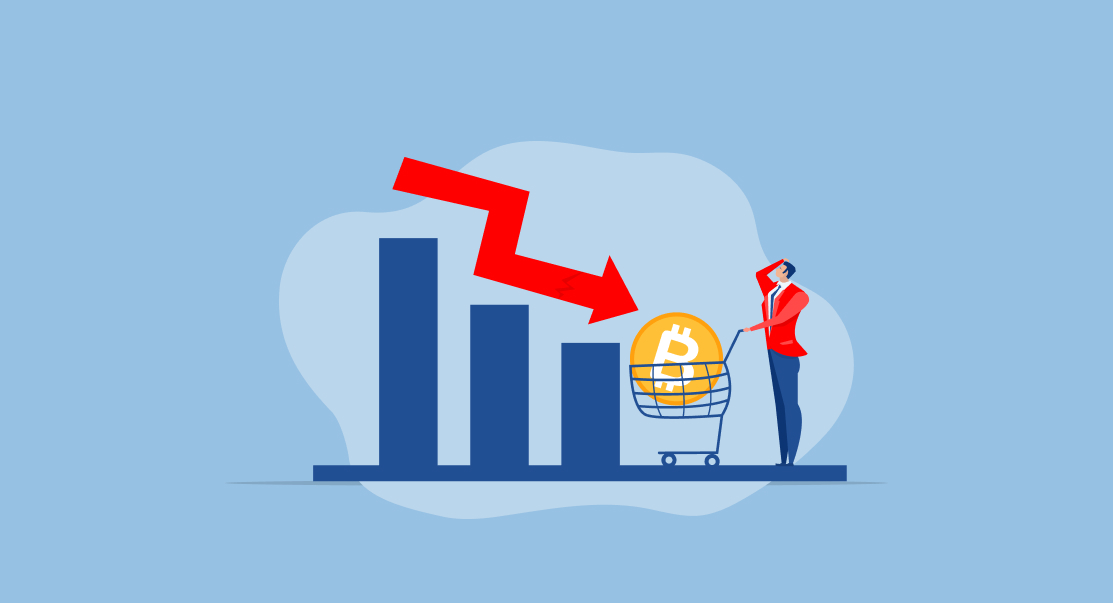How Inflation Changes Asset Prices

Summary: In this second video, I explain the mechanism through which inflation is transmitted to stock prices, bond prices, and interest rates and what you can do as an investor to restructure your portfolio to be more inflation-resistant. The key is to recognize that the annual rate of increase in real asset prices is simply the capital gains component of the total return on real assets that investors compare with the total return on financial assets when deciding how to allocate their net worth pie across asset classes.
In this video, I explain the mechanism through which inflation is transmitted to stock prices, bond prices, and interest rates and what you can do as an investor to restructure your portfolio to be more inflation-resistant. The key is to recognize that the annual rate of increase in real asset prices is simply the capital gains component of the total return on real assets that investors compare with the total return on financial assets when deciding how to allocate their net worth pie across asset classes.
This notion reflects my observation that the most important economic events almost always originate in the economy’s balance sheet, that measures what we own and what we owe at a moment of time, rather than in the economy’s GDP accounts that measure the flow of work over time. There are two reasons for this. First, the U.S. balance sheet is huge—$400 trillion according to the most recent Fed Z1 report—nearly 20x this year’s GDP. A material disturbance in the economy’s balance sheet, say, a change in what people want to own, triggers a multi-trillion-dollar tsunami of rebalancing activity that affects the prices of all assets and liabilities. It also drives changes in net worth like the ones that drove a wedge between the fortunes of people who make their living in the asset economy and those who make their living in the paycheck economy.
The second reason the balance sheet is so important is because it has an Achilles Heel. As Friedrich von Hayek told us almost a century ago in Economics and Knowledge (1936), and in The Use of Knowledge in Society (1945), markets are extraordinarily efficient communication networks that use price signals to allow people to coordinate plans and allocate resources to where they are needed.
But asset markets also freeze up from time to time in periods of non-price credit rationing we call financial crises. Ironically, recent work in network theory shows that these cascading network failures are features of the same network architecture that makes financial markets so efficient. I will write about how investors can understand and protect capital from financial crises in a later post.
As always, I welcome your comments and advice. And feel free to share with anyone you would like to be part of our conversation. Subscriptions are, and always will be, free. My objective is merely to stimulate discussion of these ideas among interesting people.
Dr. John
The views and opinions expressed in this article are those of Dr. John Rutledge. Assumptions made in the analysis are not reflective of the position of any entity other than Dr. Rutledge’s. The information contained in this document does not constitute a solicitation, offer or recommendation to purchase or sell any particular security or investment product, or to engage in any particular strategy or in any transaction. You should not rely on any information contained herein in making a decision with respect to an investment. You should not construe the contents of this document as legal, business or tax advice and should consult with your own attorney, business advisor and tax advisor as to the legal, business, tax and related matters related hereto.
